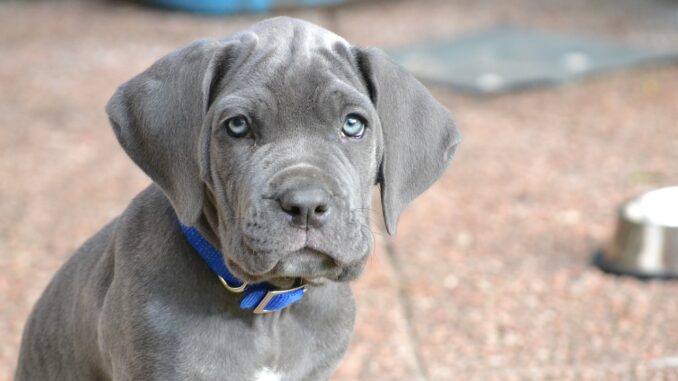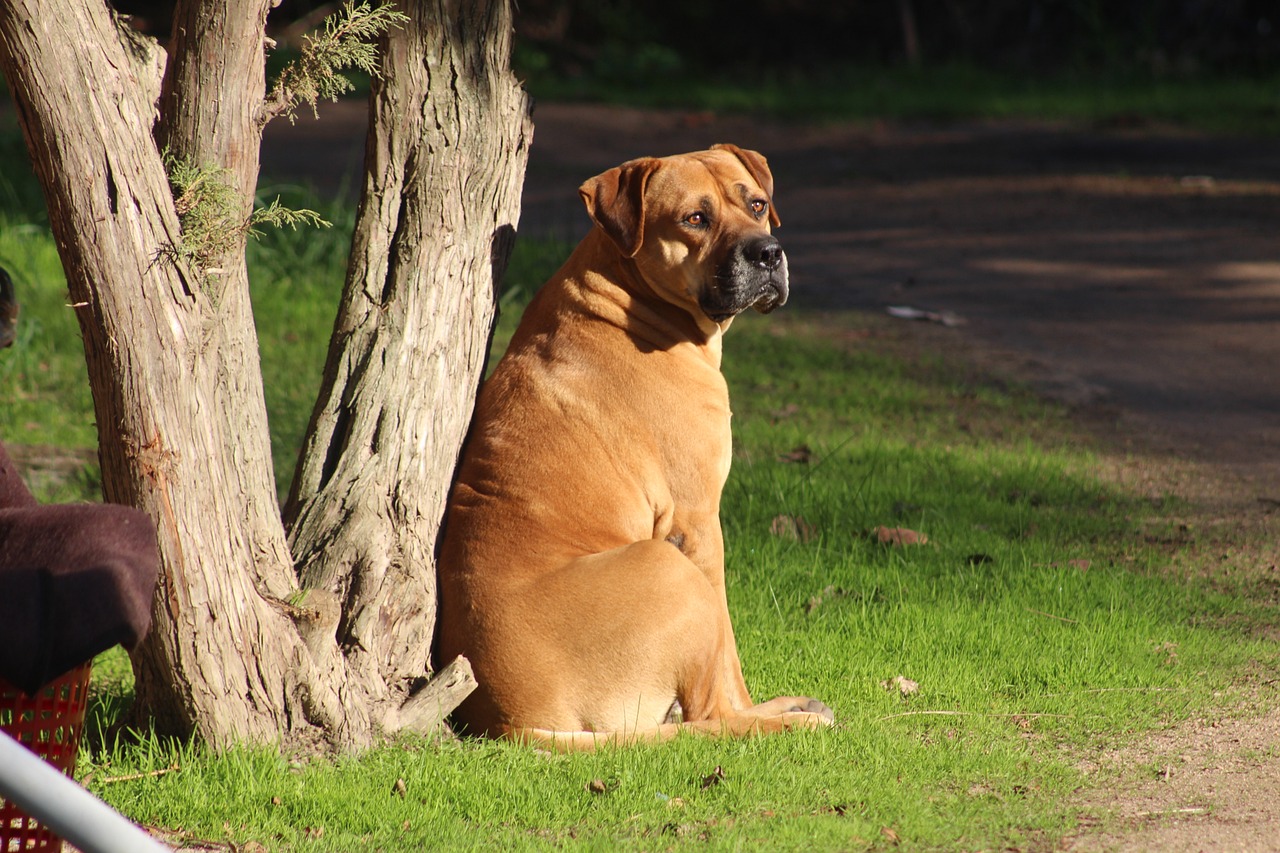
[ad_1]
Mastiffs, known for their impressive size and gentle nature, are a breed that demands careful consideration when it comes to health decisions. For owners of male Mastiffs, choosing the right time for neutering is one such critical decision. This article offers an in-depth exploration of the veterinarian consensus on the best age to neuter a male Mastiff, the pros and cons of neutering at different stages of development, and the alternatives to traditional neutering.
1. Understanding Neutering in Mastiffs
Neutering, the surgical removal of a male dog’s testicles, is a common veterinary practice, typically done for health benefits, behavior modification, and population control. In Mastiffs, a giant breed with specific health and developmental considerations, the timing of neutering is an important factor to weigh.
2. Veterinarian Consensus on Neutering Age
The consensus among veterinarians on the best age to neuter a male Mastiff generally ranges between six to nine months. However, due to the Mastiff’s large size and slower maturation rate, some veterinarians recommend waiting until the dog is older, possibly around 18 months to 2 years. This delay is suggested to ensure the dog reaches full physical maturity, which can be beneficial for giant breeds.
3. Advantages of Early Neutering
Neutering a Mastiff at a younger age has several benefits:
- Behavioral Control: Early neutering can help in reducing aggressive tendencies and the instinct to roam.
- Health Benefits: It decreases the risk of testicular cancer and can reduce the likelihood of prostate issues.
- Preventing Unwanted Litters: Early neutering ensures the dog does not contribute to accidental breeding.
4. Disadvantages of Early Neutering
However, early neutering also has potential downsides:
- Impact on Growth and Development: Neutering before full maturity can affect the dog’s growth, particularly in relation to bone and joint health. This is a significant consideration for a giant breed like the Mastiff.
- Risk of Obesity and Other Health Issues: Neutered dogs have a higher risk of obesity, and some studies suggest a potential increase in the risk of certain types of cancers and orthopedic issues.
5. Advantages of Later Neutering
Opting to neuter a Mastiff after reaching maturity has its advantages:
- Complete Physical Development: Waiting allows the dog to reach its full size and physical maturity, which can be beneficial for their overall health and well-being.
- Behavioral Maturity: It allows owners to assess the dog’s natural behavior and temperament before making a decision.
6. Disadvantages of Later Neutering
The disadvantages of later neutering include:
- Entrenched Behaviors: Delaying the procedure might allow certain undesirable behaviors to become more established.
- Health Risks: The risk of testicular cancer and other health issues associated with intact males remains as long as the dog is not neutered.
7. Alternatives to Traditional Neutering
For Mastiff owners seeking alternatives to traditional neutering, there are several options:
- Vasectomy: This procedure prevents reproduction while keeping the hormonal system intact.
- Chemical Castration: Using injections to temporarily reduce fertility and testosterone levels.
- Hormonal Implants: Suppressing testosterone production temporarily, providing a reversible alternative to permanent neutering.
8. Factors to Consider for Mastiffs
When deciding the best age to neuter your Mastiff, consider the following:
- Breed Characteristics: Mastiffs are a giant breed with specific physical and behavioral traits.
- Health History: Discuss any breed-specific health concerns with your veterinarian.
- Lifestyle and Environment: Your living situation and the dog’s exposure to other animals and environments can influence the decision.
9. Consulting with a Veterinarian
Consulting with a veterinarian who has experience with Mastiffs is critical. They can offer tailored advice based on your dog’s individual health, behavior, and the specific needs of the breed.
Conclusion
Determining the best age to neuter a male Mastiff involves balancing various factors, including the breed’s size and characteristics, the individual dog’s health and behavior, and veterinary advice. While there is no one-size-fits-all answer, informed consideration and professional guidance are key to making the best decision for your Mastiff’s long-term health and well-being.
Frequently Asked Questions A Mastiff Owner Might Ask Before Neutering Their Mastiff

1. What is the recommended age to neuter my Mastiff?
The recommended age for neutering a Mastiff typically ranges between six to nine months, but due to their large size and slower maturation, some veterinarians suggest waiting until the dog is about 18 months to 2 years old. This allows the Mastiff to reach full physical maturity, which can be crucial for their overall health and development. Consulting with a veterinarian familiar with the breed is essential to make an informed decision based on your specific dog’s needs.
2. Will neutering change my Mastiff’s personality?
Neutering can influence certain behaviors in Mastiffs, such as reducing tendencies for aggression and roaming. However, it’s unlikely to change their core personality traits. Training, socialization, and environmental factors also play a significant role in shaping your dog’s overall behavior and temperament.
3. Are there health benefits to neutering my Mastiff?
Yes, there are several health benefits to neutering a Mastiff. It significantly reduces the risk of testicular cancer and prostate diseases and can prevent certain behavioral issues related to mating instincts. Additionally, neutering can contribute to a longer, healthier life for your dog.
4. What are the risks associated with neutering my Mastiff?
Neutering carries standard surgical risks such as infection or reaction to anesthesia. In large breeds like Mastiffs, early neutering may also impact the dog’s growth and development, particularly in relation to bone and joint health. Discuss these risks in detail with your veterinarian to make an informed decision.
5. How long is the recovery period after neutering a Mastiff?
The recovery period for a Mastiff after neutering usually lasts about 10 to 14 days. During this time, it’s important to follow your vet’s instructions, limit physical activity, and monitor the incision site for any signs of infection or complications.
6. Can neutering prevent future health issues in Mastiffs?
Neutering can reduce the risk of certain health issues in Mastiffs, such as testicular cancer and prostate problems. While it’s not a guarantee against all potential health problems, it is a proactive step in promoting your dog’s overall health.
7. Will my Mastiff gain weight after being neutered?
Neutering can lead to a decrease in metabolism, potentially increasing the risk of weight gain. However, this can be managed with a balanced diet and regular exercise. Monitoring your Mastiff’s food intake and ensuring they stay active are key to maintaining a healthy weight post-neutering.
8. What are the alternatives to traditional neutering for Mastiffs?
Alternatives to traditional neutering include vasectomy, which prevents reproduction while keeping hormonal balance, and chemical castration, a temporary method. These alternatives offer different approaches to preventing reproduction without the permanence of traditional neutering. Discuss these options with your veterinarian to determine the best choice for your Mastiff.
9. How does neutering affect the physical development of Mastiffs?
Neutering, especially if done before a Mastiff reaches full physical maturity, can impact growth and development. Delaying the procedure until after the dog has fully grown may help avoid potential issues related to bone and joint development. Consult with your veterinarian for guidance on the best timing.
10. Is neutering an expensive procedure for Mastiffs?
The cost of neutering a Mastiff can vary based on factors like location, the veterinary clinic, and the dog’s age and health. While it is generally a moderately priced procedure, many clinics offer payment plans or reduced rates through partnerships with animal welfare organizations.
[ad_2]
Source link

Leave a Reply